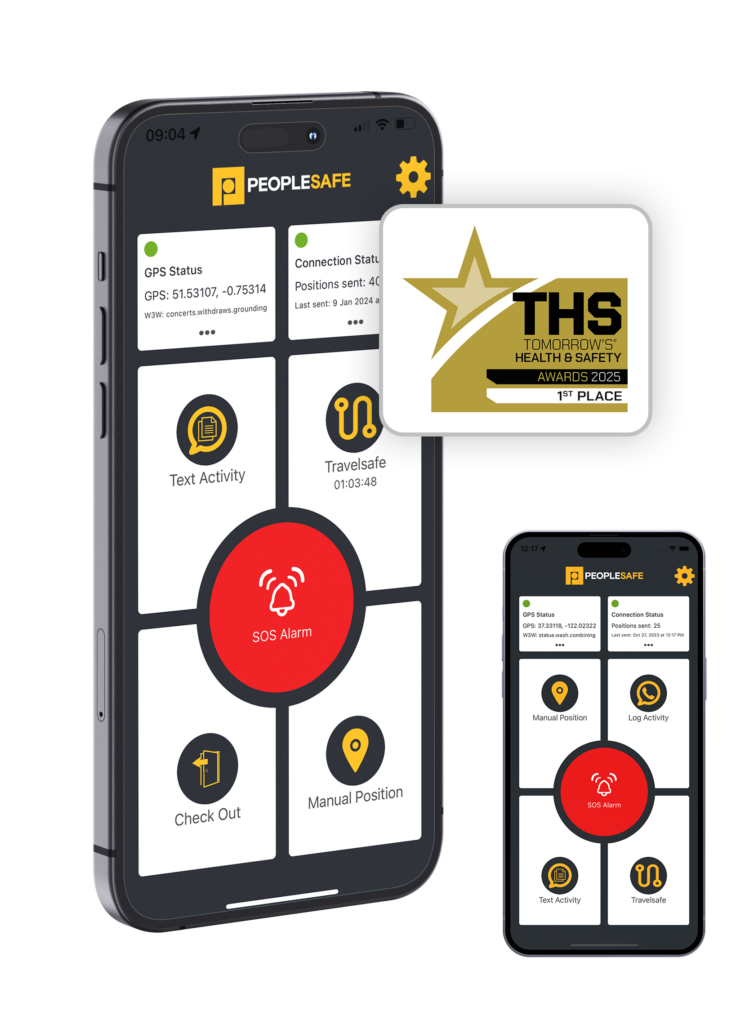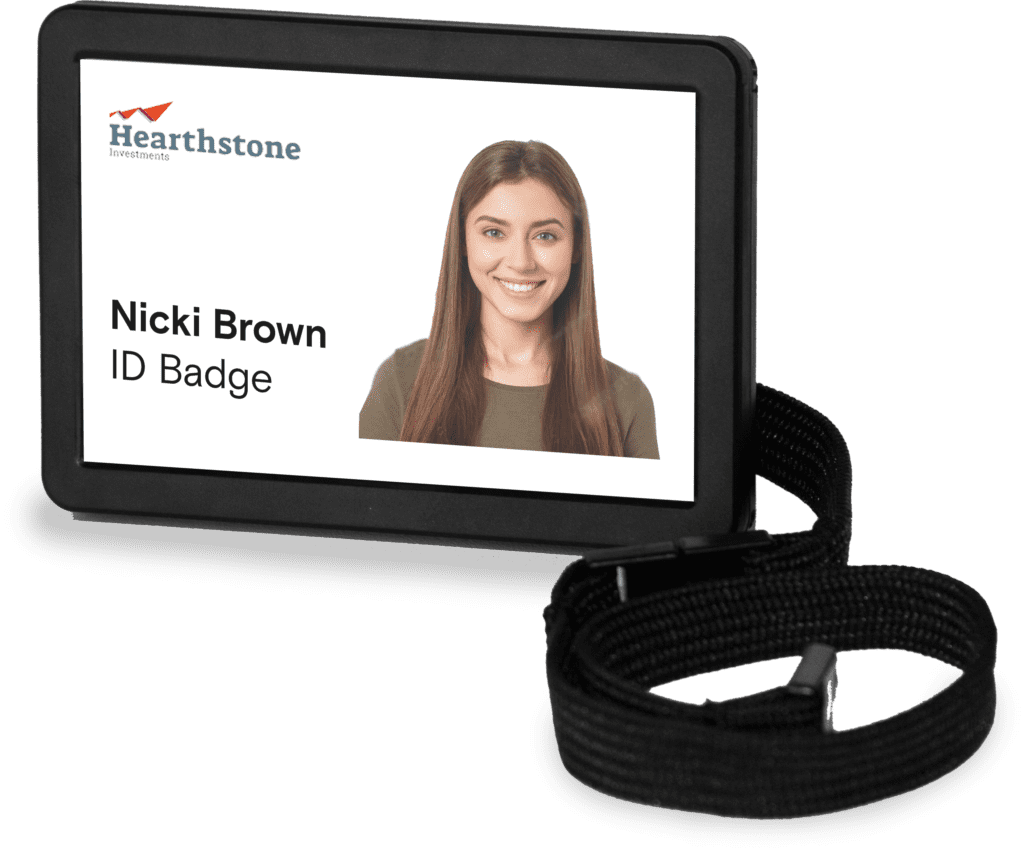Winter Wellbeing For Outdoor Workers
Working outdoors presents a risk to health and safety during extreme weather conditions, even more so for lone workers. The effects of the weather can potentially have a serious impact on an employee’s health if the risks have not been properly considered or managed. Our risk methodology focuses on PET (people, environment, and task) with poor weather conditions falling into the category of environmental risks.
Environmental risks are when the workplace itself poses a risk to employees, such as through unstable environments, reduced visibility, extreme temperatures and poor travel conditions.
Within your organisation, you may have some members of staff who are required to work outside for parts or most of their day. In some roles, outdoor work can be limited in the winter, but for those working in farming, construction, mining, delivery services and many others, working outside is still required despite the conditions. As their employer, it is your responsibility to manage their health and safety all year round.
Legally, there is no minimum temperature for people working outdoors; however, under health and safety regulations, employers have a duty of care making them responsible for ensuring that employees aren’t working in unsafe or unhealthy conditions. Working in the extreme cold could constitute a breach of this duty of care.
Providing appropriate personal protective equipment (PPE) alongside warm and dry mobile facilities for warming up can help to combat cold working environments. In addition, workers should be given more frequent rest breaks and encouraged to drink warm fluids such as soup or hot drinks.
Working outside in the winter can increase many of the risks associated with working outside, and so a suitable risk assessment should be carried out and the appropriate safety measures put in place. As an employer, it is your duty to protect the health, safety, and welfare of your employees, including making them aware of the potential risks faced when working in extreme conditions.
Slips, trips and falls
When working in winter conditions, the risk of slips trips and falls increases significantly, due to poor visibility, ice, slippery mud or even wet leaves on the ground. These injuries make up 37% of all non-fatal injuries at work and can lead to bruising, broken bones or spinal injuries, with over 75% of these incidents resulting in the employee taking 7 or more days off work.
To limit the risk of slips, trips and falls, all major walkways should be cleared and marked with warning signs or high visibility cones by those who arrive on-site earliest in the day. If you have large areas of outside space, then rock salt can be used to make snowy or icy surfaces safe to walk on. Employees should also be encouraged to wear appropriate footwear, such as boots, that have heavy treads for better traction and grip while taking small steps for extra balance.
Poor visibility
In winter, reduced daylight hours can leave employees working in dark, wet and foggy conditions, with this combination causing poor visibility and increasing the risk of injury. The HSE reports that on average, 163 employees are struck by a moving vehicle each year, with this risk increasing as visibility is compromised.
To reduce the risks caused by low visibility conditions, hi-vis clothing should be worn at all times. For maximum visibility, it is recommended to wear fluorescent clothing with strips of reflective material on. These two materials react differently in sunlight and artificial light, reflecting in as many conditions as possible.
In high-risk areas, such as around machinery, it is also advised to invest in either fixed or portable outdoor lighting. Outdoor lighting will further improve the visibility of employees but will also contribute towards employee safety by keeping them alert and awake, which can help with perception of potential risks.
Hypothermia
Hypothermia is a serious medical condition that occurs when your body loses heat faster than it can be produced, causing your body temperature to drop, with anything below 35°C becoming harmful. Symptoms of hypothermia include shivering or shaking, drowsiness, confusion, slurred speech, lack of coordination and in some severe cases it can be fatal. Additionally, long term effects of hypothermia can include brain damage and heart conditions, highlighting the importance of prevention.
The top cause of hypothermia is exposure to cold water: anyone working outside runs the risk of becoming soaked through, by either rain or snow, making it extremely difficult to warm up again. To prevent becoming extremely cold, employees should be encouraged to dress appropriately, including hats, gloves, waterproof boots, a waterproof coat and thermal clothing where appropriate. Wearing many thin layers is advised to be the best way of keeping warm in cold conditions as thin pockets of warm air created by your body heat will get trapped between each layer, acting as an additional insulator.
Where possible, work should be scheduled to ensure employees are not spending prolonged periods of time outside without the opportunity to take a warm break, and in the event that a job takes longer than expected, ‘warm-up’ breaks should be given, recommended at least every 2 hours. In these breaks, employees should have the opportunity to rest and warm up, such as by having a warm drink.
If you suspect that yourself or a colleague is developing hypothermia, here are the steps you should take:
- Call an ambulance
- Get the person inside either a warm building or vehicle
- Remove any wet clothing that could prevent the person from warming up
- Wrap the person in dry clothing or blankets
- Continue to gradually warm the person until the emergency services arrive
Note: Do not submerge the person into warm water and be careful not to heat them too suddenly, as this can cause shock or heart arrhythmia.
Travelling in bad weather
Winter weather can often cause dangerous conditions for driving, with Insure the Box stating that road accidents increase by 20% in the winter months, with loss of control being one of the top causes.
The first step to ensure a safe journey when travelling in winter is to plan ahead, this includes checking the upcoming weather forecast and making sure your vehicle is safe to drive before setting off. Checking the weather before your journey will allow you to spot any guidance stating that travel should be avoided and will prepare you for the conditions you could face when travelling back home at the end of the day. Checking your vehicle should include ensuring your lights, brakes and steering are all working, as these are all especially important when driving in poor conditions.
When travelling in an icy environment it is recommended to accelerate, brake, steer and change gear as smoothly as possible, as this helps to reduce the risk of a skid. You should also be aware that a safe breaking distance on an icy surface is 10 times your normal braking distance, meaning that if you were travelling at 40mph, your braking distance should be at least 360 meters.
If a road you were planning to take is flooded, you should try to find another route where possible. Research by the Environment Agency and the AA found that 74% of drivers would risk driving through a flood, despite driving being the biggest cause of death during flooding. Just 30cm of moving water is enough to float a car, so anything deeper than this should be avoided by taking an alternative route.
As driving in the winter increases your risk of becoming stuck, it is also a good idea to prepare or purchase a winter driving emergency kit to keep in your vehicle. Carrying some essentials with you will mean that in the event of an accident, you are able to make yourself more visible and stay warm and well while waiting for help to arrive. Some key items to include are warm clothes and waterproofs, a high-vis jacket, warning triangles, a first aid kit, a torch and spare batteries, jump leads, water and some snacks.
Health and safety should be considered a priority by all organisations. With effective processes in place, employees will be able to carry out their duties safely, even in the typically poor conditions experienced throughout winter.
If you would like to discuss the health and safety of your employees further and how personal safety devices can provide excellent lone worker solutions while working outdoors, contact a member of our expert team here or by calling 0800 990 3563.







